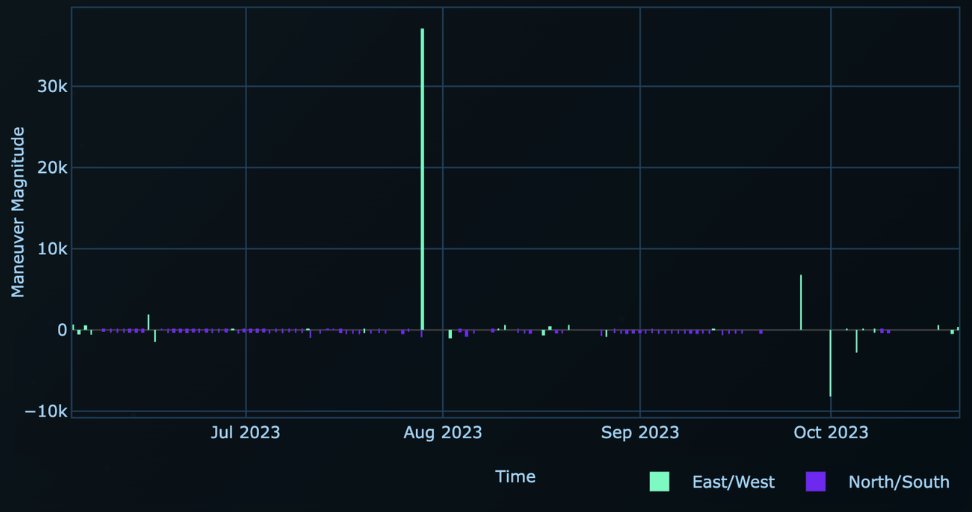Some excerpts from the House Armed Services Committee's "Future of Defense Task Force", published this week armedservices.house.gov/_cache/files/2… @HASCDemocrats @HASCRepublicans
"China represents the most significant economic and national security threat to the United States over the next 20 to 30 years ... Russia’s long-term economic forecast makes its global power likely to recede over the next 20 to 30 years." armedservices.house.gov/_cache/files/2…
"Advancements in AI, biotechnology [etc] are making traditional battlefields and boundaries increasingly irrelevant. To remain competitive, the United States must prioritize the development of emerging technologies over ... legacy systems" armedservices.house.gov/_cache/files/2…
"Using the Manhattan Project as a model, the United States must undertake and win the artificial intelligence race by leading in the invention and deployment of AI while establishing the standards for its public and private use" armedservices.house.gov/_cache/files/2…
"Congress and the Department of Defense must ... require every Major Defense Acquisition Program to evaluate at least one AI or autonomous alternative prior to funding [and] require all new Major Defense Acquisition Programs to be AI-ready " armedservices.house.gov/_cache/files/2…
"To compete against 21st century adversaries, Congress & [DoD] must identify, replace, and retire costly and ineffective legacy platforms. The Task Force recommends that Congress commission RAND Corporation (or similar entity) ...to study legacy platforms" armedservices.house.gov/_cache/files/2…
"Because an engaged and informed electorate is essential for a republic to endure, the United States should expand voluntary National Service programs. Promoting volunteerism and active engagement in democracy bolsters our national security" armedservices.house.gov/_cache/files/2…
"binary notions of war and peace are becoming antiquated. Future conflicts will be...waged in the gray zone, the nebulous battlespace below open combat, [w/] tactics such as economic coercion, cyber espionage, disinformation & unattributed military forces" armedservices.house.gov/_cache/files/2…
• • •
Missing some Tweet in this thread? You can try to
force a refresh











